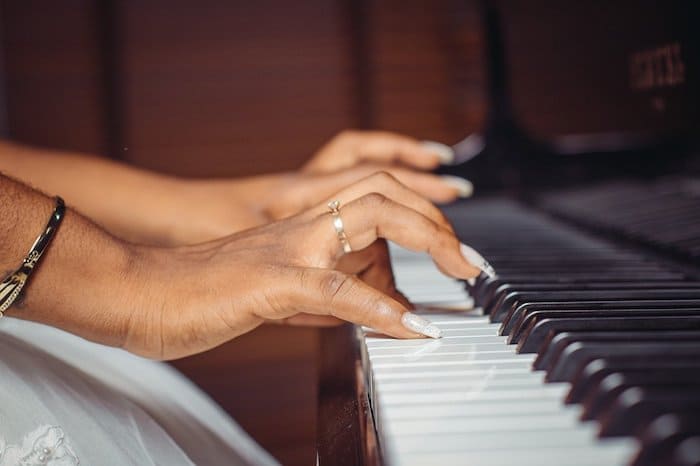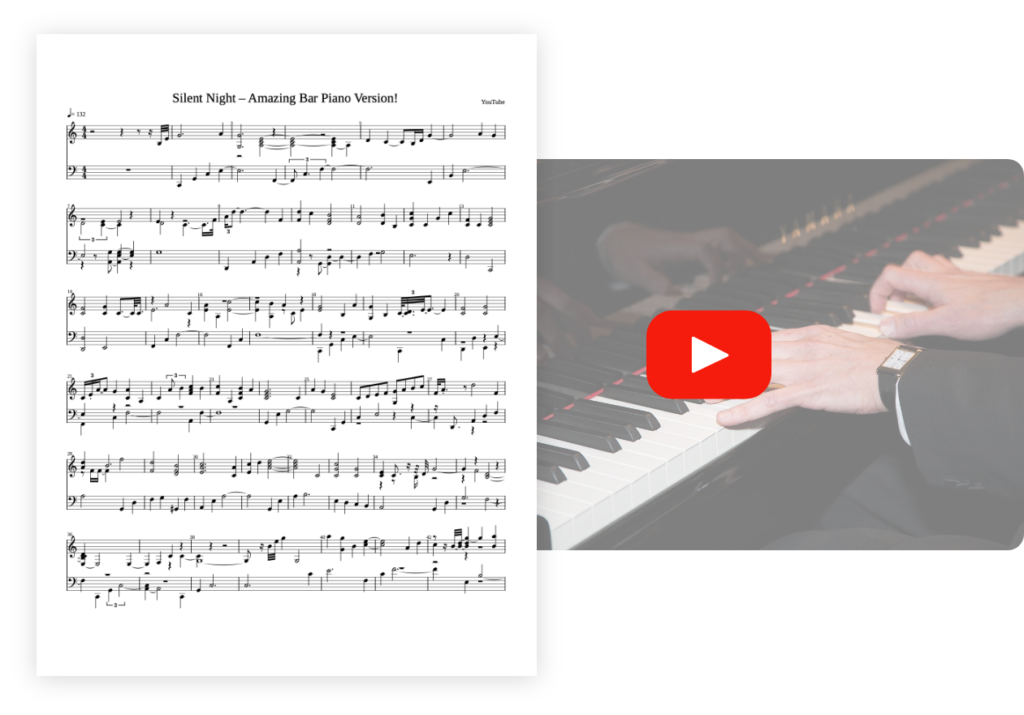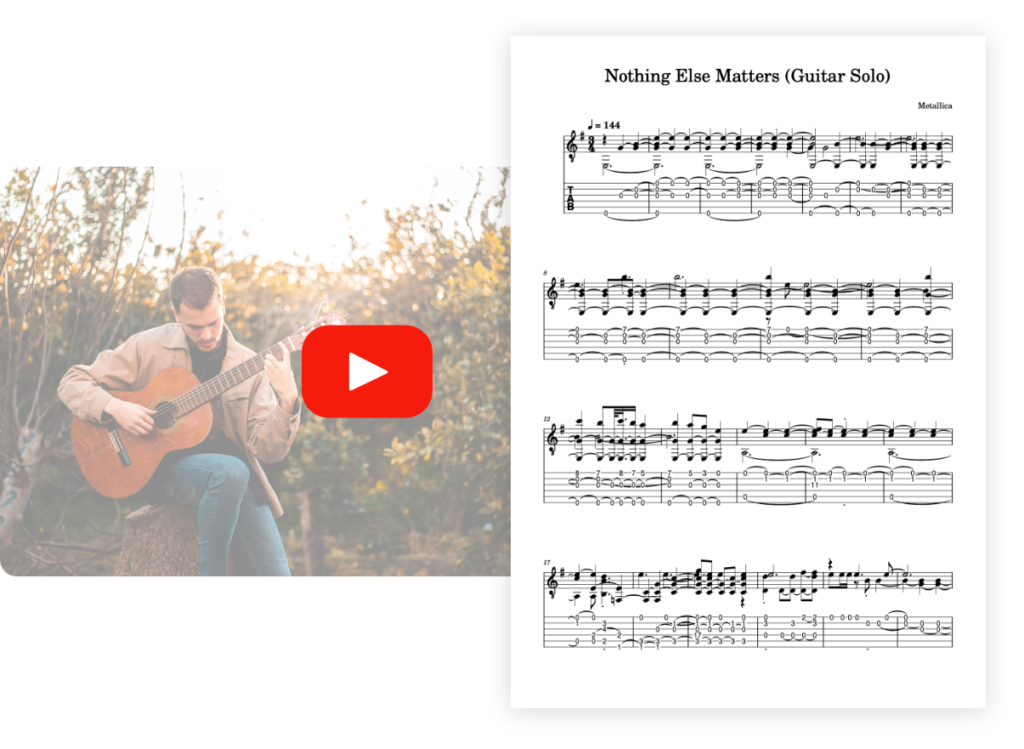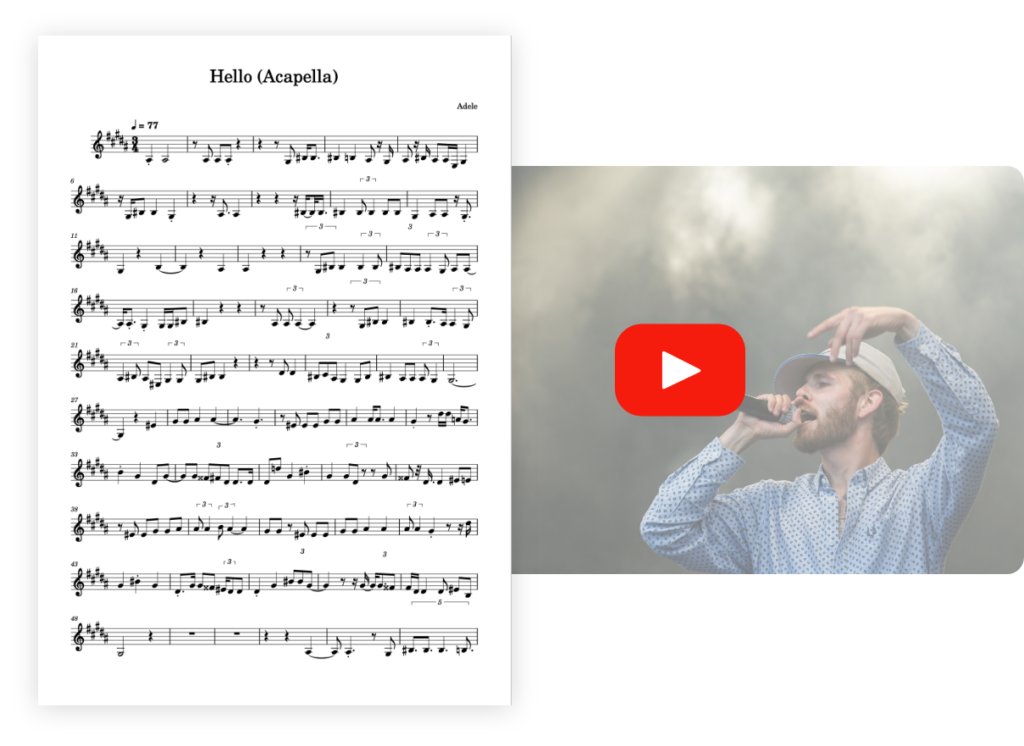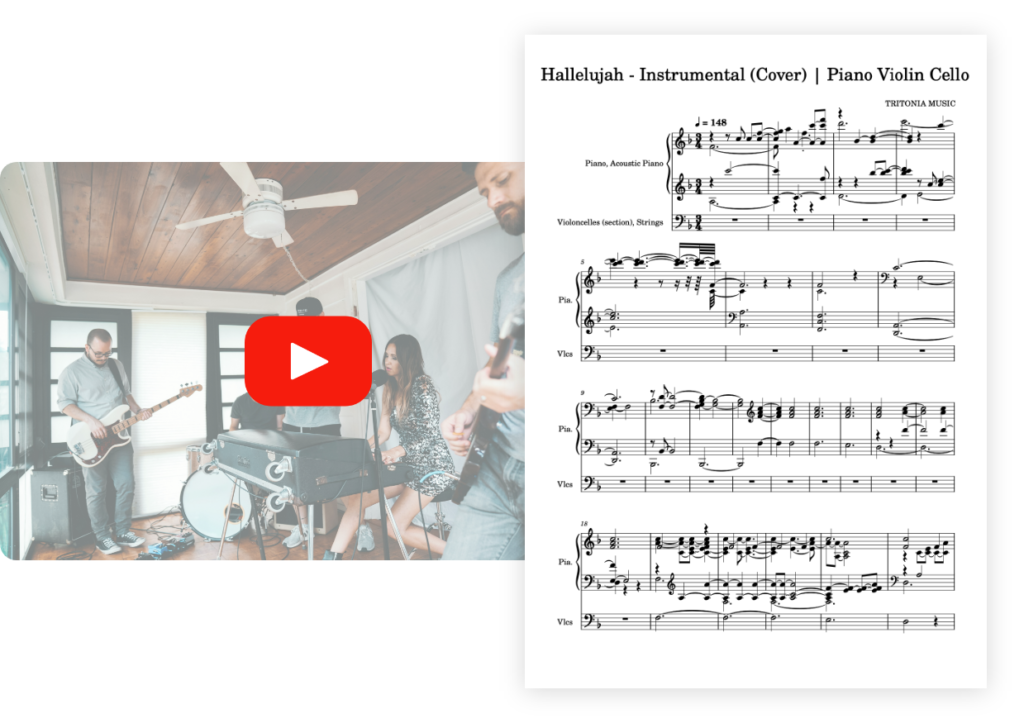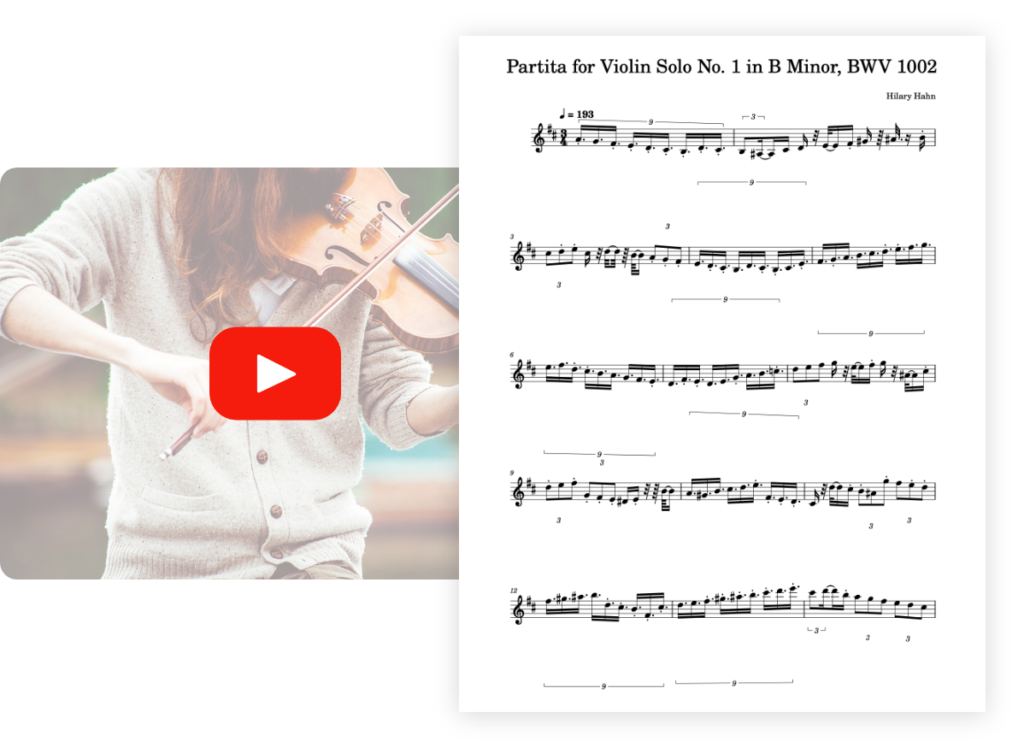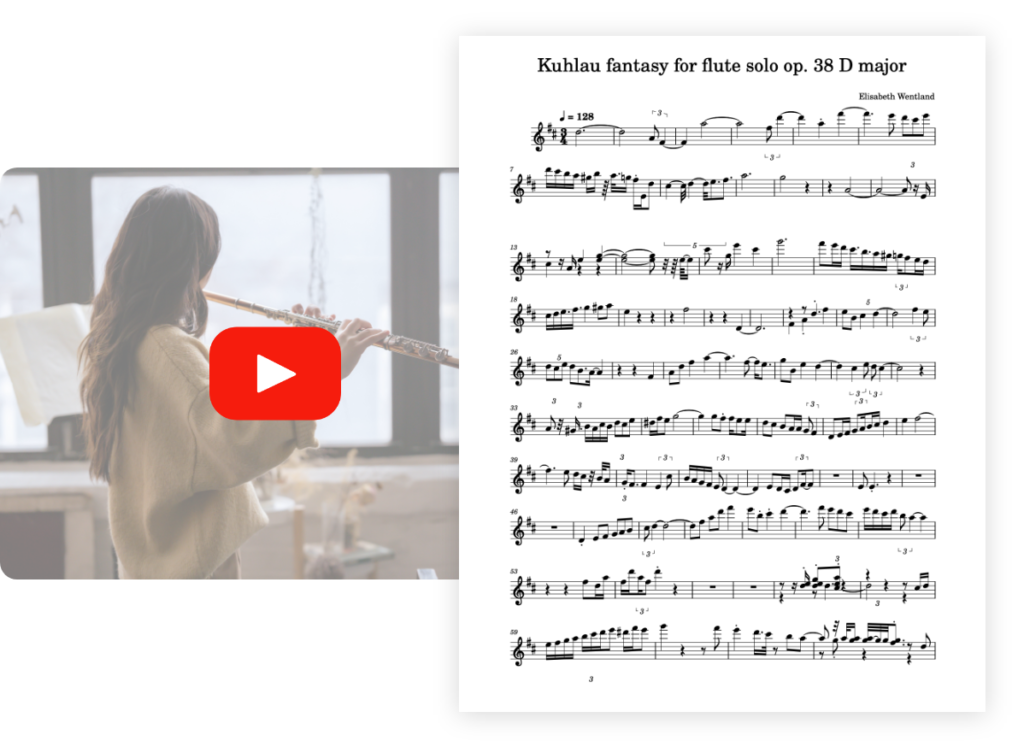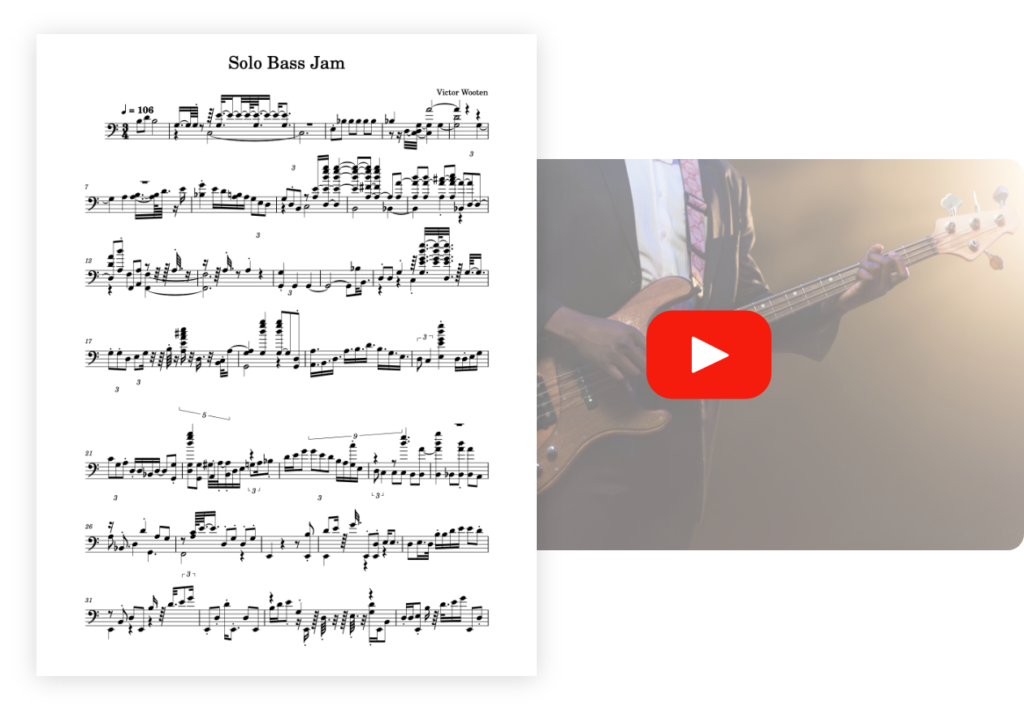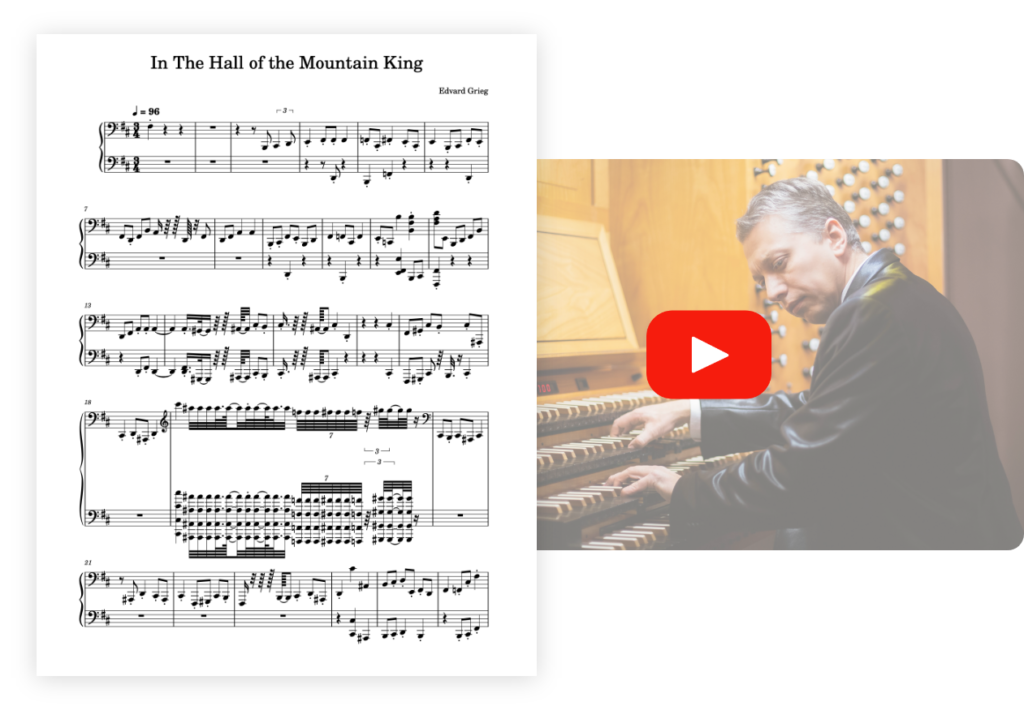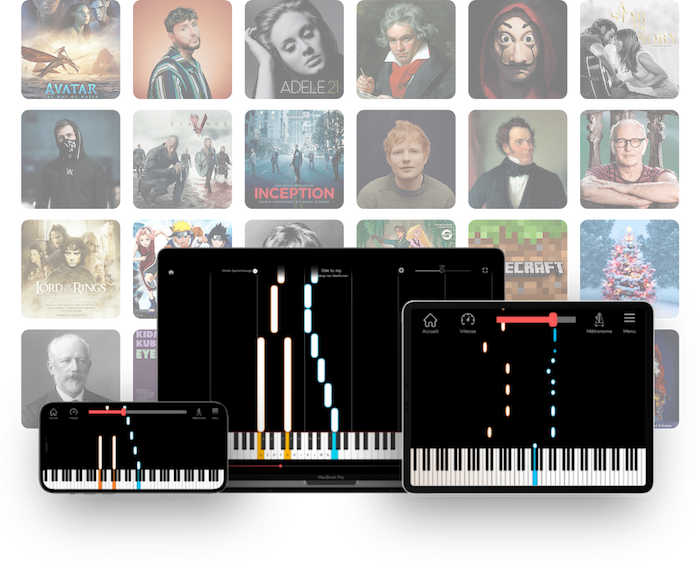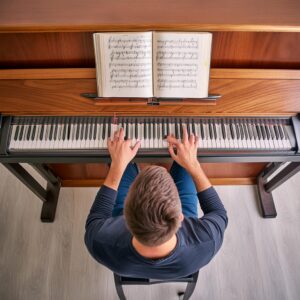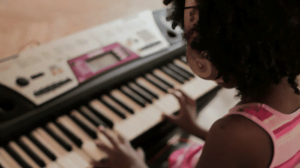Understanding the challenges of piano learning
At the beginning of your adventure, it’s likely that your learning curve will be slow, as in any activity in which you’re not yet experienced. The idea of this first part is therefore to introduce you to the various challenges that beginners to the piano often face when they first start learning.
Hand independence on the piano
One of the main difficulties encountered by beginning pianists is hand independence. This involves being able to play notes with the right and left hands simultaneously and with precision. This coordination takes time to master, as the human brain has difficulty dissociating the left and right hands with such precise gestures. This is because each hand often has to play different rhythms, melodies and chords, requiring precise coordination and synchronization. For many, it’s like trying to rub your belly and tap your head at the same time: it takes practice and patience.
To improve, start with simple exercises that involve both hands, but separately. For example, play scales with your right hand (one note at a time) while maintaining a simple chord with your left hand (3 notes at a time). Once you feel comfortable with these basic exercises, try incorporating easy pieces that require minimal coordination between the two hands. Work slowly, gradually increasing speed as your coordination improves. Using a metronome can also be very beneficial for maintaining a constant, synchronized rhythm. Here’s a video to help you with this exercise:
Another practical tip is to divide complex pieces into smaller sections. First work on each hand separately before combining them. This technique allows your brain to concentrate on one task at a time. In fact, that’s why on the La Touche Musicale app, we offer a loop feature that lets you split the piece into short sequences so you can play them repeatedly and learn them faster. As we said at the beginning of this article, don’t forget that regularity is the key: even a few minutes’ practice every day can help you improve rapidly.

Learning to read sheet music
That’s another major challenge! For any piano beginner who has never taken a piano course, a score is completely illegible. Reading G and F clefs can seem particularly daunting at first. Each hand has to read and interpret notes on separate staves, often with different rhythms and melodies. This complexity can be daunting, but with the right strategies and resources, it can be overcome.
You can start by reading our article on piano notes, which will give you the basics for finding your way around a keyboard and learning the name of each note. Then you can also read our article on reading sheet music, which will give you some information on the basics of piano playing. There are also a number of other online articles that will give you a theoretical grounding in score reading.
Another valuable resource is YouTube, where many piano teachers share detailed tutorials on score reading. For example, channels like “Piano Lessons on the Web” offer videos on reading notes, understanding musical symbols and interpreting rhythms :
Finally, practicing regularly with simple pieces and gradually increasing the difficulty can help build a solid foundation. By practicing reading and playing easy pieces, you’ll gain confidence and fluency, making reading sheet music more and more natural.
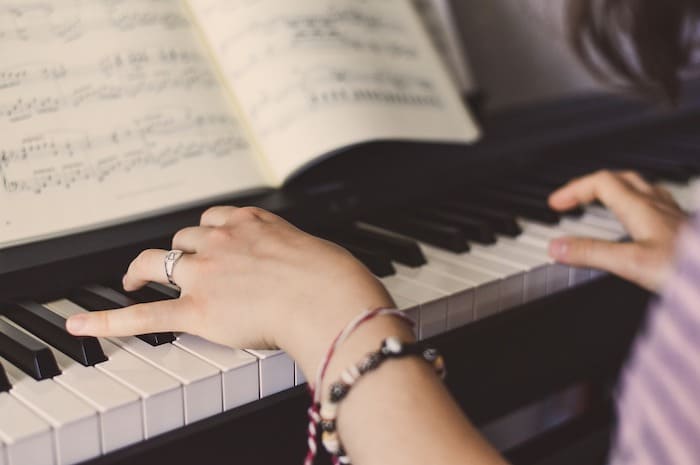
Music theory
Understanding music theory is crucial for anyone learning to play the piano. It serves as the foundation on which all musical knowledge rests, enabling pianists to read scores, understand chord progressions and create harmonies. Music theory helps to make sense of what you’re playing, and provides the tools to interpret and execute pieces with precision. However, it is not easily accessible and can be difficult for beginners to grasp. That’s why it’s important that you spend some time researching and understanding the main concepts behind it.
Here are a few fundamental concepts of music theory that you might want to start looking at to consolidate your foundations:
- Notes and intervals: understanding the names of notes, the intervals between them, and how they are located on the keyboard.
- Chords and chord progressions: learn how to form major, minor and other chords, as well as common chord progressions.
- Scales: learn about the different scales (major, minor, pentatonic) and how they are used in music.
- Rhythm and time signatures: understand the different note values and time signatures to maintain a correct rhythm while playing.
- Notation symbols: learn to read the different symbols and terms used in scores to interpret music correctly (dynamics, articulations, etc.).
By mastering these basic concepts, you’ll be well equipped to progress in your piano training and tackle increasingly complex pieces with confidence and understanding.

How long does it take to learn the piano?
And yes, like any new activity, learning to play the piano takes time and patience. But if you establish regular work habits, your efforts could be rewarded sooner than you think! Let’s explore together the average progress curve of a pianist starting out on the piano today.
The first 6 months
In the first six months of learning the piano, it’s essential to set realistic goals and concentrate on acquiring basic skills. During this period, the main objective is to build a solid musical foundation. You’ll learn to identify notes on the keyboard, read basic scores, and develop proper posture and hand position on the keyboard. These are the hardest months, because it’s during this period that your motivation will be most put to the test.
As far as personal goals are concerned, don’t expect to play complex pieces right from the start. Concentrate on simple pieces (that you enjoy, by the way, and that will boost your motivation to play them) and exercises that improve your understanding of notes and rhythm. For example, being able to play simple melodies with each hand separately, then coordinating both hands, is an excellent goal for the first few months.
Here are some of the exercises most commonly used by someone who has been learning the piano every day for less than 6 months:
- Note recognition: learn to identify and play notes on the keyboard without looking at your hands. Use note recognition exercises to reinforce this essential skill.
- Score reading: familiarize yourself with the reading of G and F clef scores. Start with simple pieces to develop your ability to read and play at the same time. Go slowly at first, to give yourself time to get used to the interplay between score and keyboard. Then gradually pick up the pace.
- Posture and hand position: Adopt correct posture at the piano to avoid injury and improve your technique. Make sure your back is straight and your hands relaxed, with slightly rounded fingers.
- Rhythm and tempo: use a metronome to help you keep a steady rhythm. Start with slow tempos and gradually increase speed as you gain fluency.
- Finger exercises: practice scales and arpeggios to improve finger dexterity and coordination.

At the end of your first year
By the end of the first year of piano lessons, you should have made significant progress in your musical skills and be ready to present your first performances. During this period, you’ll have acquired a solid foundation in music theory, technique and score reading, enabling you to play more complex pieces and better understand how music (in the global sense) and your pieces are structured.
After a year of regular practice, you should be able to play simple to intermediate pieces with both hands at the same time. Your dexterity and finger coordination will have improved, enabling you to play faster, more technical passages. You’ll also have developed a better understanding of chords, scales and chord progressions, enriching your playing and musical interpretation.
At this stage, it’s common to organize small performances for friends and family. These experiences are really important for gaining confidence and self-assurance as a pianist. Playing in front of an audience, however small, will help you manage stage fright and perfect your stage presence. You might choose to perform a few pieces you’ve mastered over the year.

Years 2 to 4 and beyond
During this time, you’ll perfect your mastery of scales and arpeggios, improving your dexterity and coordination. You’ll also learn to play more complex chords and understand sophisticated chord progressions, enabling you to play a wider variety of musical styles. In addition, you’ll work on advanced techniques such as legato, staccato and dynamics to enrich your musical interpretation. Studying more challenging pieces, including classical and contemporary works, will help you hone your precision and musicality.
Regular practice remains essential to maintain and improve your piano skills. Dedicating time every day to technical exercises and learning new pieces is fundamental to your continued progress. Diligent practice will enable you to overcome technical challenges and perform pieces with greater ease and expressiveness. Finally, continuing to set specific, measurable goals will help you stay motivated and keep a close eye on your progress.
Now that you know what’s in store for your next few years as a beginner pianist, we’re going to keep you motivated all the way through by giving you our tips for making your piano learning more fun and easy.

Tips and tricks to keep you motivated during your piano learning
When we spend time on an activity we really want to progress in, we can sometimes go through phases of increased demotivation. We’d like to give you a few tips on how to keep these phases to a minimum.
Set SMART goals
Setting SMART (Specific, Measurable, Attainable, Relevant and Time-bound) goals is an effective strategy for staying motivated and structured in your piano learning. SMART goals enable you to keep a clear vision of your progress and maintain a certain level of challenge to avoid stagnation and demotivation.
Specific goals: be specific about what you want to achieve. For example, instead of saying “I want to get better at playing the piano”, set yourself a goal like “I want to master Mozart’s sonata in C major”.
Measurable goals: make sure your goals can be quantified. For example, “I want to practice the piano 30 minutes a day” is a goal you can easily measure (with a stopwatch, for example). This technique enables you to monitor your progress and make sure you’re on the right track.
Achievable goals: your goals should be realistic and achievable within your current level and time constraints. An over-ambitious goal can be discouraging, whereas an achievable one will, if you reach it, give you a sense of accomplishment and motivate you to persevere.
Relevant goals: make sure your goals are in line with your overall musical preferences. For example, if you like jazz, set goals that include learning jazz standards and improvisation.
Time-bound goals: give yourself a deadline for achieving each goal. For example, “I want to be able to play Mozart’s sonata in C major without error within three months”. Deadlines help you stay focused and avoid procrastination.

Play the songs you love
This part ties in a little with what we said in the relevant objectives, but it’s still important to emphasize it again. To stay motivated, it’s vital that you play pieces you like on the piano. Recognizing melodies you listen to every day when you play will give you a lot of pleasure.
When you work on pieces you’re passionate about, you’re more likely to devote time and effort to your practice. This can turn a practice session into a rewarding and enriching experience. For example, if you’re a fan of pop music, choose pop pieces that you often listen to on your Spotify or other account. If you love classical music, immerse yourself in the works of your favorite composers, such as Bach, Beethoven or Chopin. Playing your favorite tunes will make the piano learning process less painful, so it won’t seem so hard.
In short, playing music you love allows you to connect emotionally with the instrument, which can boost your motivation in the long term. The satisfaction of being able to perform your favorite pieces can encourage you to overcome technical challenges and continue to progress in your piano learning.
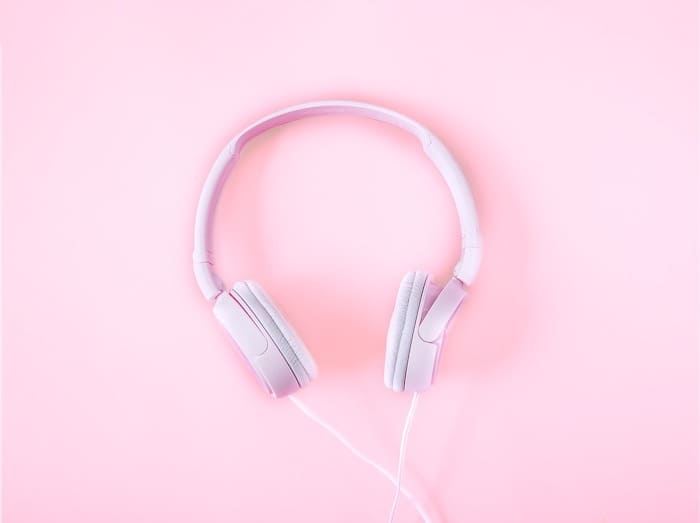
Join a community
When we spend time on a solitary activity, we can sometimes get bored. Surrounding yourself with other musicians is a great way to stay motivated and make progress in your piano learning. By joining a community, whether online or in person, you can share experiences, advice and encouragement with other music enthusiasts. Participating in online forums, Facebook groups or practice workshops offers you opportunities to learn new techniques, receive constructive feedback and stay inspired by the progress of others. This social interaction can transform your learning journey into an enriching and motivating collective adventure, as many musicians can testify:

Resources and tools to simplify your piano learning
In this last section of the article, we thought it might be interesting to share with you a few resources that will help you move forward more quickly in your piano adventure.
Choosing the right instrument
Before you start, ask yourself which instrument you’d like to learn on: digital piano, MIDI keyboard, acoustic piano, quarter-tail piano, etc.?
Clearly, an upright (acoustic) or quarter-tail piano would be optimal for your learning path, as these pianos are designed to be highly upgradeable for the learner. You’ll be able to keep it for decades. However, the cost of such a piano can sometimes run into thousands of euros. It’s often difficult to invest such a sum when starting out on the piano, especially if you’re not sure you’ll be playing it for several years to amortize your purchase.
Our advice is therefore to start with a mid-range 88-key digital piano (around €300-400), as this will enable you to reduce the initial cost while enjoying a decent level of upgradability on the instrument. You’ll be able to use it and progress on it for several years.
Once you’ve reached a certain level, and you’re sure of your motivation over a relatively long period of time, you can then consider upgrading to an acoustic piano (upright or quarter-tail).
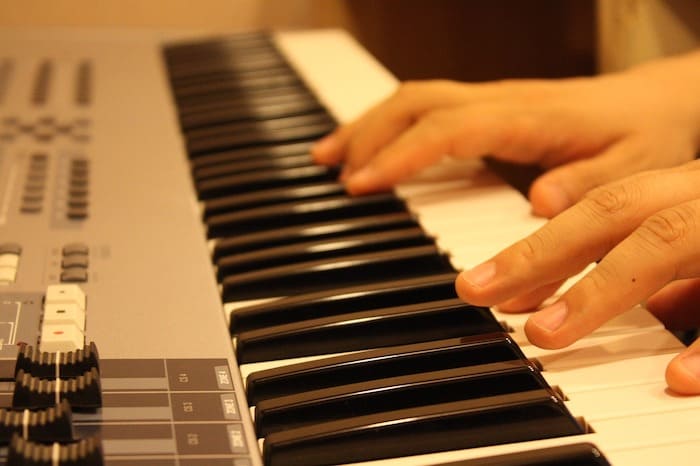
Online resources and lessons
In the digital age, there are a multitude of tutorials, books and platforms available online that will help you acquire a solid foundation. For example, you can turn to popular platforms and apps such as La Touche Musicale, Pianote and Flowkey, which offer structured lessons for beginners and more advanced pianists alike. These platforms offer interactive videos, practical exercises and instant feedback to help you progress effectively. In addition, YouTube channels such as PianoPig and Andrew Furmanczyk provide free tutorials covering a wide range of topics, from basic techniques to more complex pieces. If you’re more interested in easy piano tutorials on YouTube, you can visit La Touche Musicale, Peter PlutaX or PHianonize. Using these online resources allows you to benefit from the expertise of qualified teachers at your own pace and according to your own schedule, making piano learning more accessible and flexible.
To enrich your learning, English-language digital books such as “Piano for Dummies” by Hal Leonard Corporation and “Adult All-In-One Course: Lesson-Theory-Technic: Level 1” by Willard A. Palmer, Morton Manus, and Amanda Vick Lethco are excellent resources. “How to Play Piano: A Complete Guide for Absolute Beginners” by Ben Parker also offers easy-to-follow instructions for beginners. Finally, as a beginner, you might also enjoy reading La Touche Musicale’s free Ebook on learning to play the piano.
Using these online resources, complemented by digital books, allows you to benefit from the expertise of qualified teachers at your own pace and according to your own schedule, making your learning more accessible and flexible.

Find a good piano teacher
While the equipment and online resources will undoubtedly help you progress, your most important choice should be the teacher.
In your search, give preference to teachers with solid training and advanced pedagogical experience. A qualified teacher should have a music degree or certification from a recognized conservatory. It’s also important to check his or her teaching skills, by asking for references or reading reviews from other students.
Make sure your teacher adapts his or her methods to your goals and learning style. A good teacher should be able to personalize lessons, whether in technique, music theory or repertoire. Personal compatibility is also essential: choose someone you feel comfortable with, who is both patient and supportive. If you find a teacher who matches your expectations, learning the piano with him or her will be that much easier.
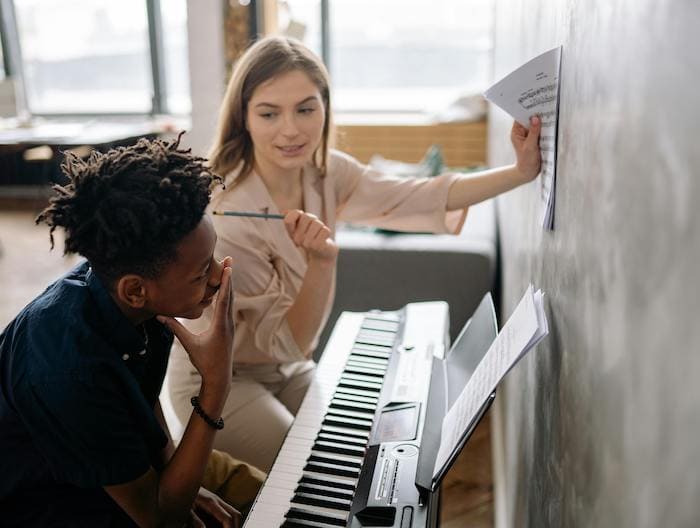
Conclusion
In short, learning the piano may seem difficult, but with the right strategies and constant motivation, this challenge is surmountable. We’ve examined the main obstacles for beginners, such as hand independence, score reading and music theory, offering practical solutions.
The first six months are essential for acquiring the basics, and after a year you should see noticeable progress and be able to play more complex pieces. The following years will enable you to perfect your intermediate and advanced skills through regular practice.
To stay motivated, set SMART goals, play pieces you enjoy and join a community of musicians. Use online resources and find a good teacher to suit your goals. Start your musical adventure today and discover the joys that piano can bring.




 PianoConvert
PianoConvert
 GuitarConvert
GuitarConvert
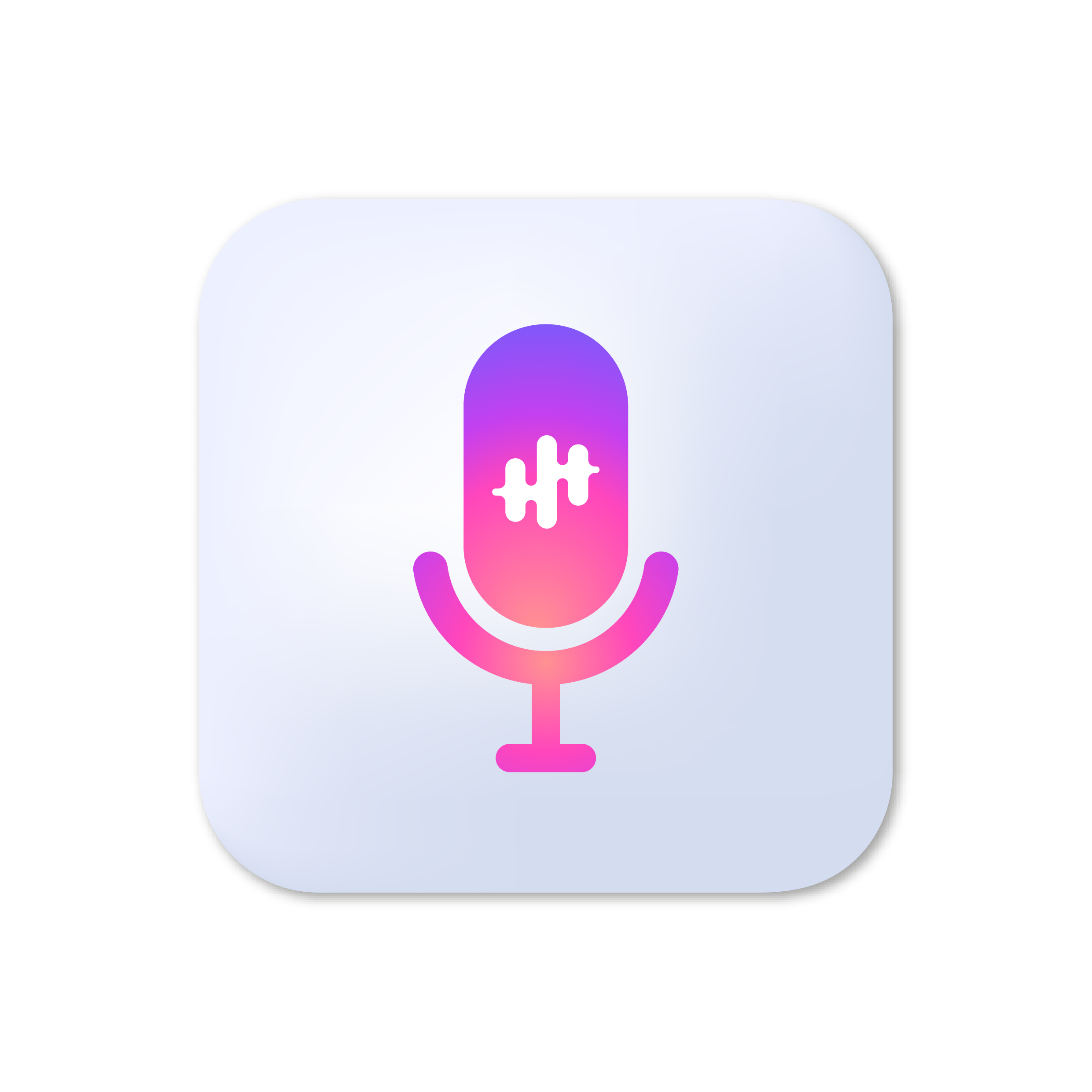 SingConvert
SingConvert
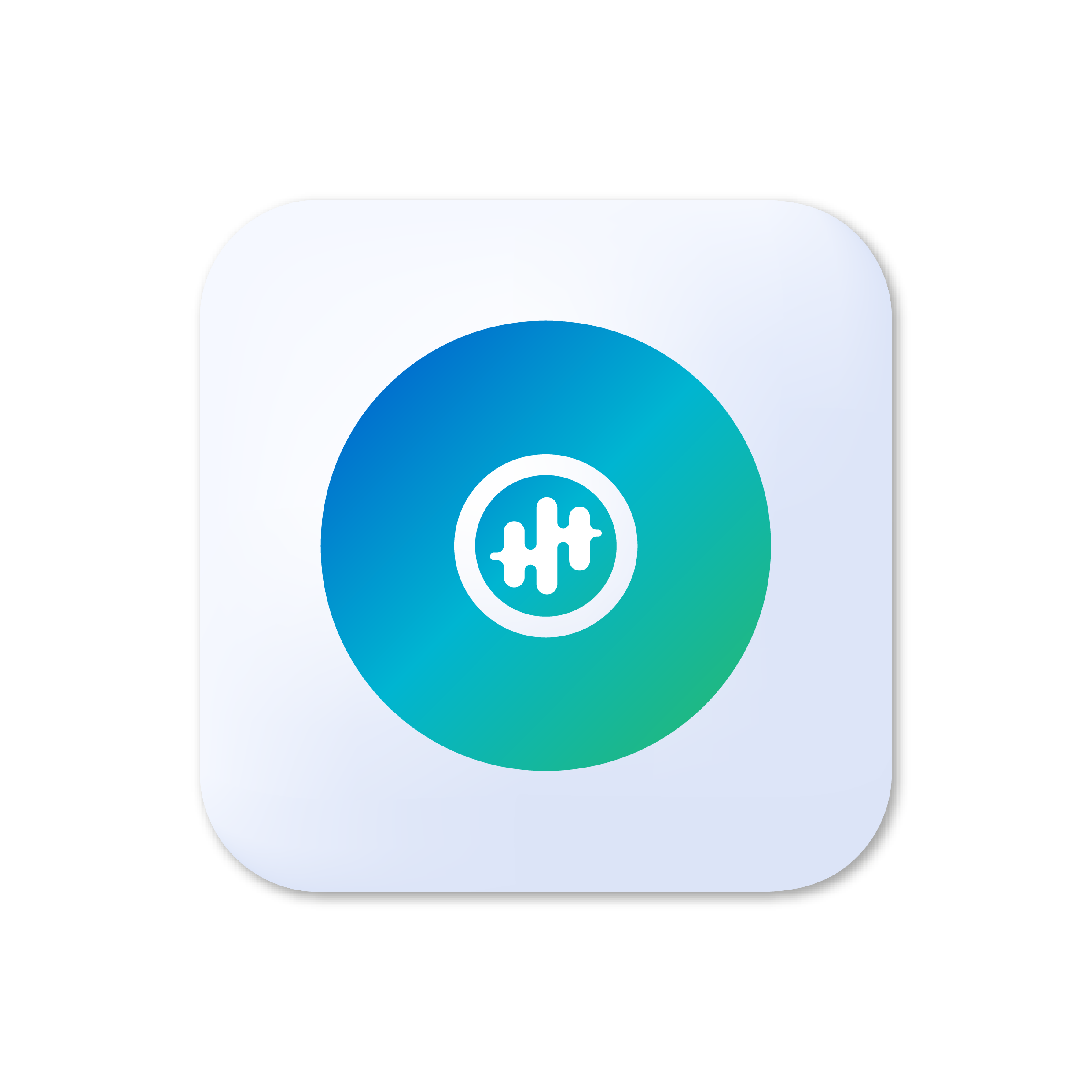 BandConvert
BandConvert
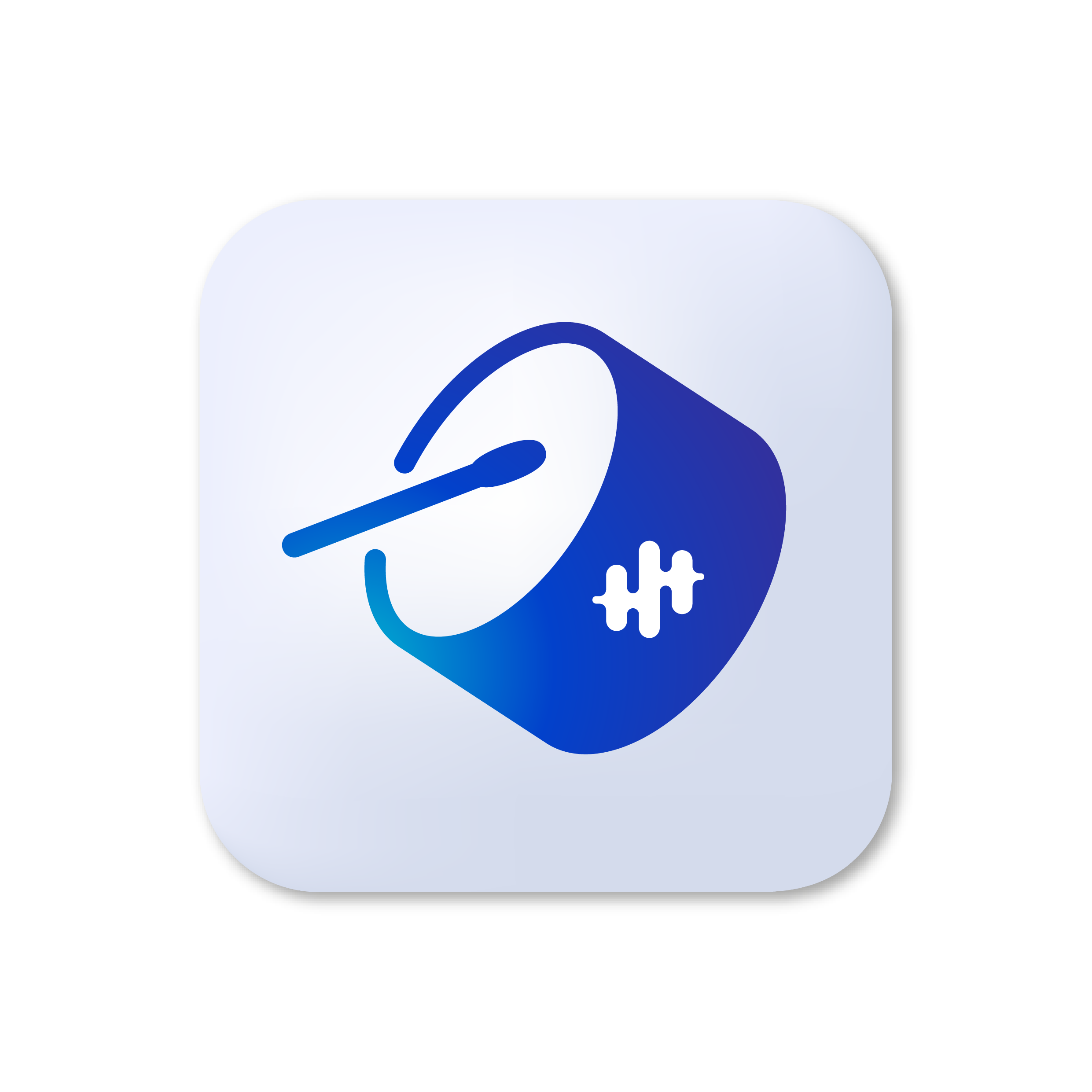 DrumConvert
DrumConvert
 ViolinConvert
ViolinConvert
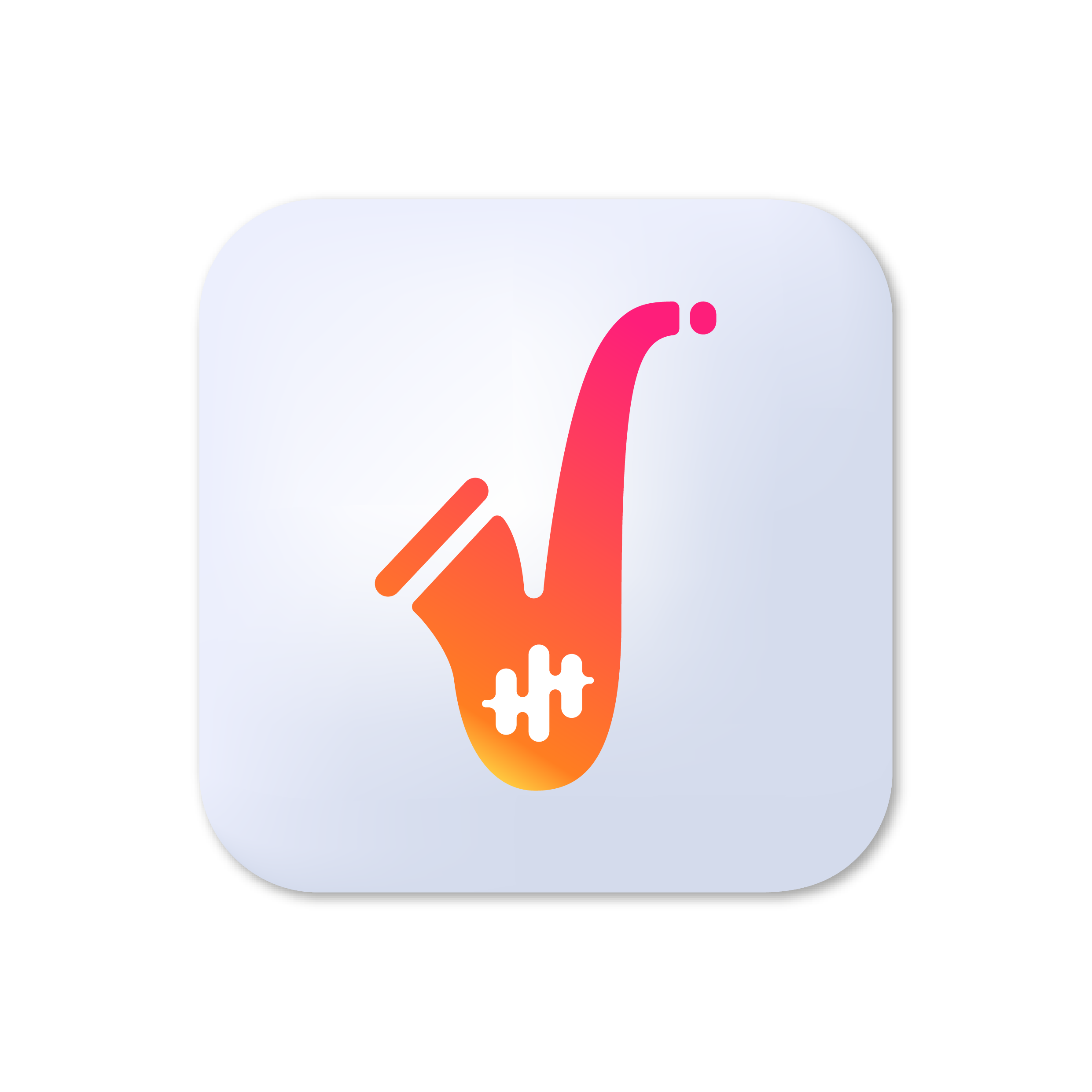 SaxConvert
SaxConvert
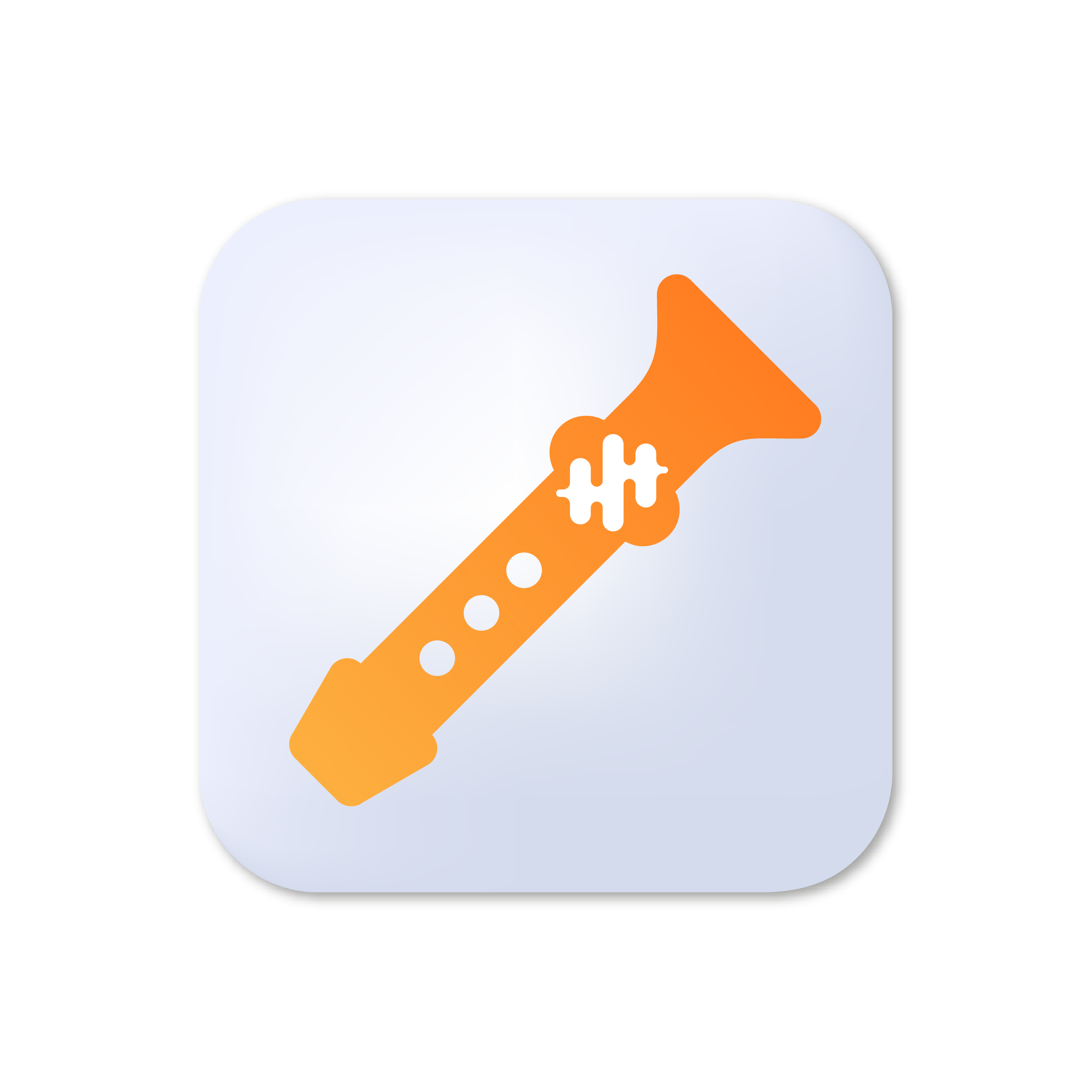 FluteConvert
FluteConvert
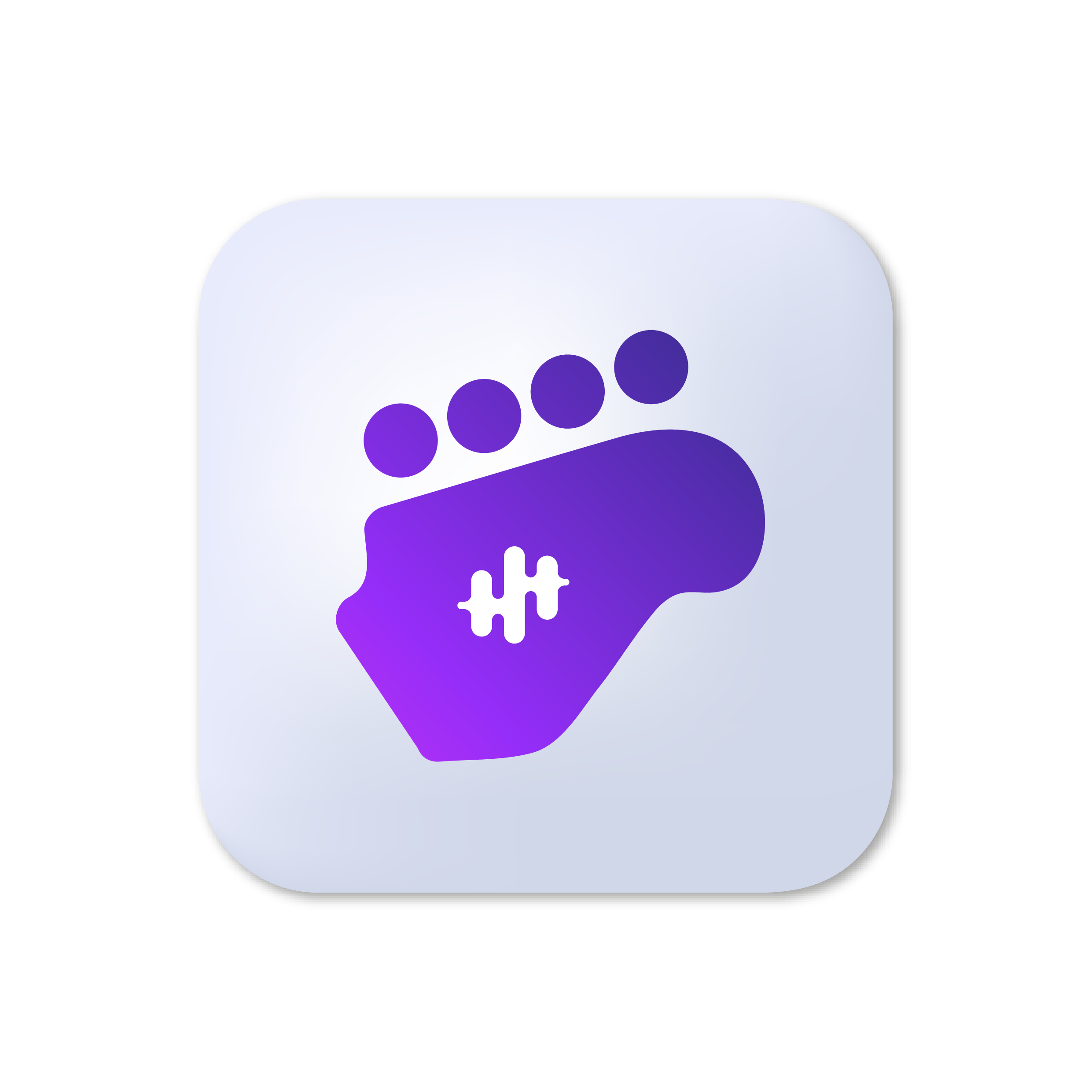 BassConvert
BassConvert
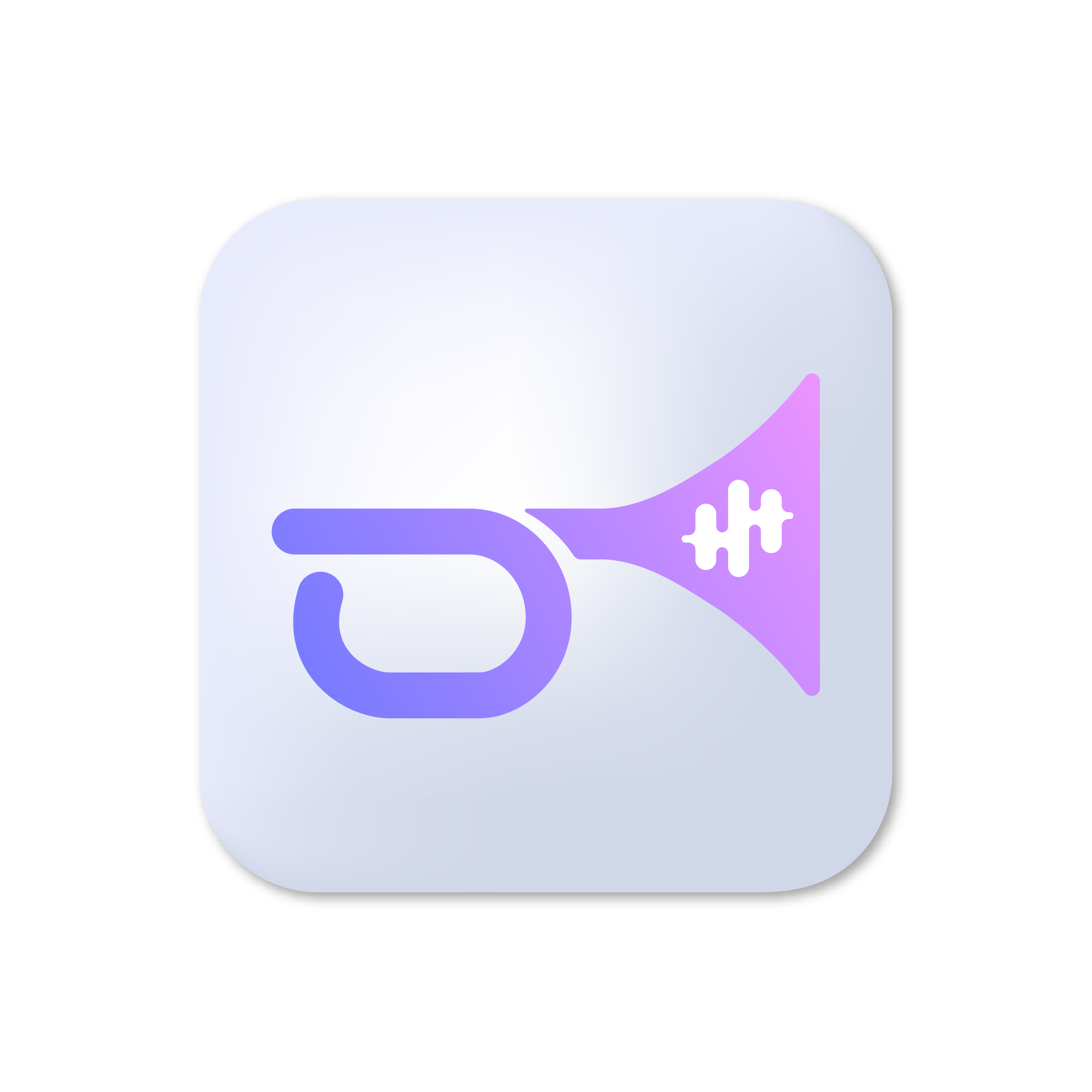 TrumpetConvert
TrumpetConvert
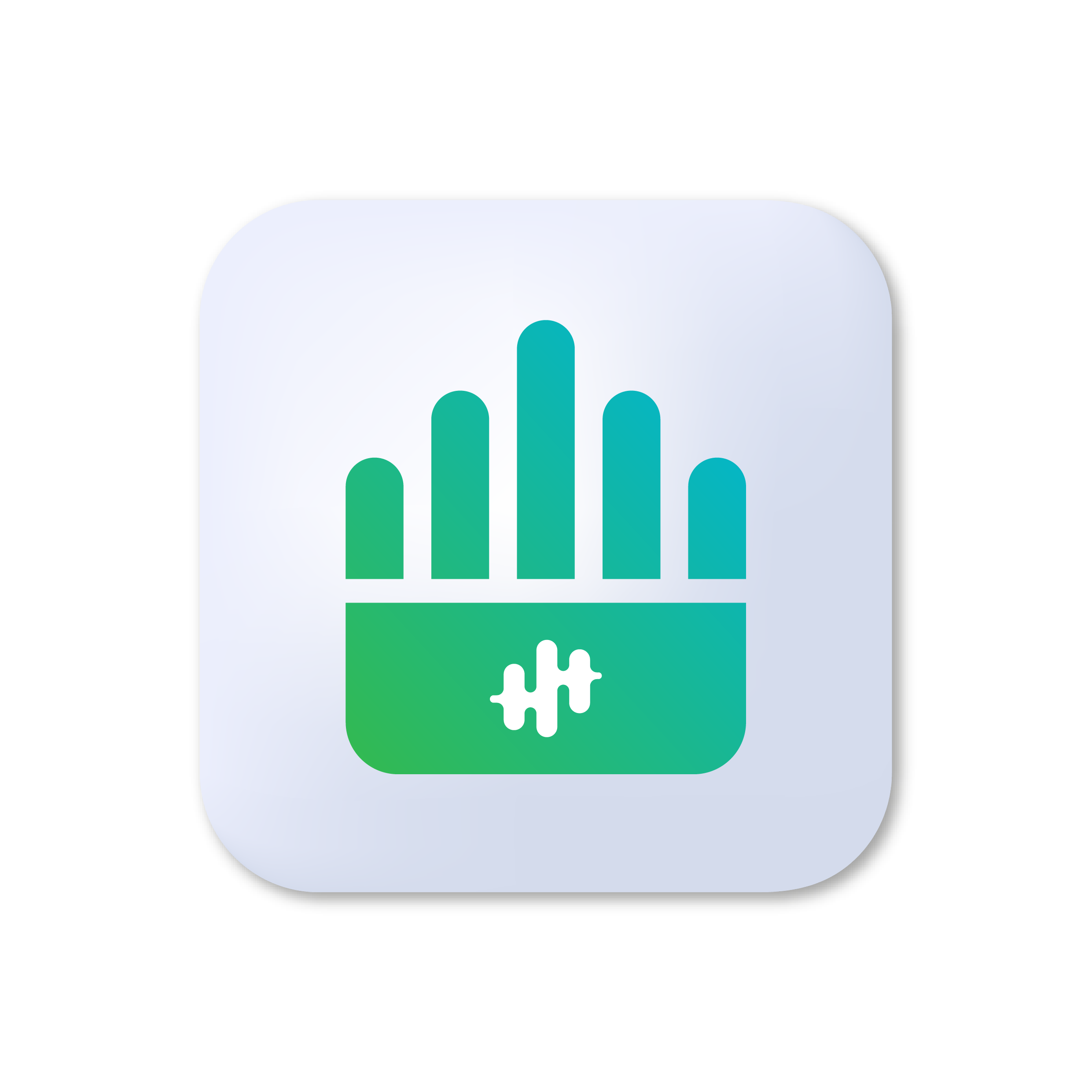 OrganConvert
OrganConvert
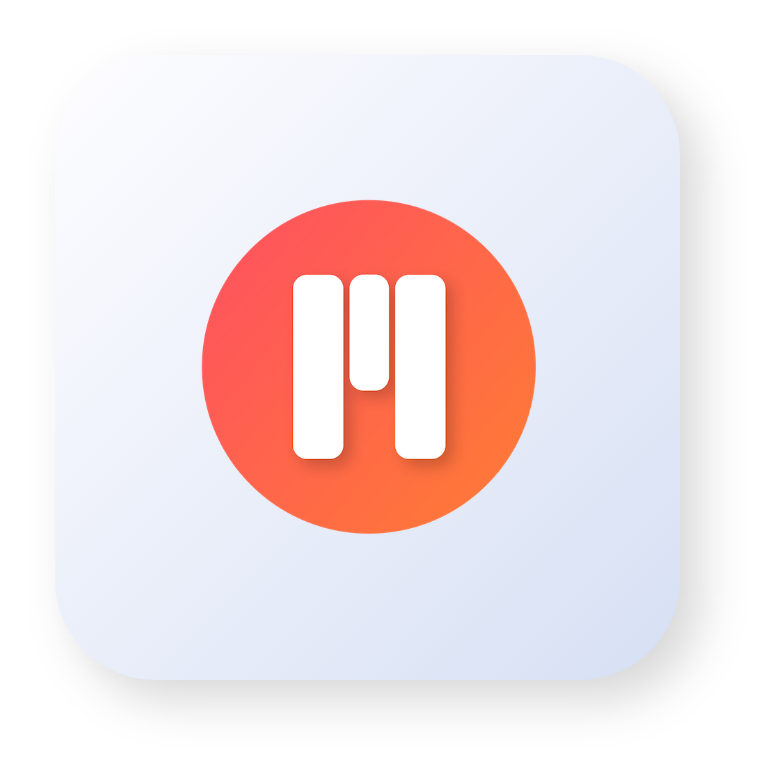 PianoGo
PianoGo
